Ford certainly likes its steeds. The Ford Mustang not only created a new class of car, it remains with us to this day. And the Ford Bronco has returned, achieving an iconic status few would have predicted in the early 1990s when production ended. But there’s a third pony in this stable, and its one the automaker would rather forget: the Ford Pinto.
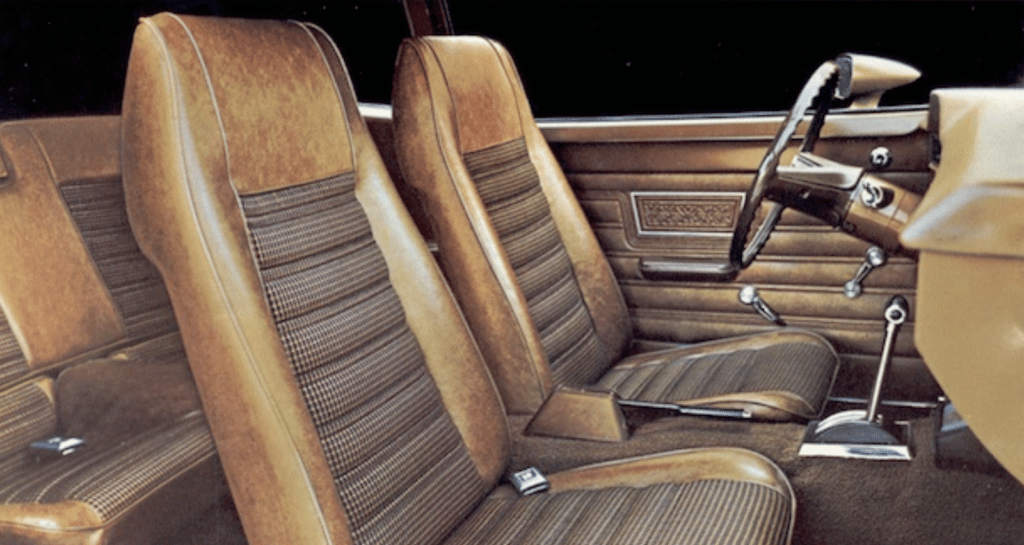
Introduced this week in 1970, the Pinto was created out of a desire to counteract the growing number of European and Japanese subcompacts in the American market. Ford would go on to sell more than 3.3 million Pintos, but not without a great deal of controversy. It was, perhaps, the most notorious of the badly developed 1970s cars that led to Detroit’s downfall among consumers.
A car is born
Ford Vice President Lee Iacocca was a keen marketer, and inherently knew what consumers wanted. But by 1967, Volkswagen, Toyota and Datsun were responding to a signal as to what buyers wanted: small, economical cars. It’s not that Detroit hadn’t figured this out before. In 1960, the Big Three released their first compact American cars. But as expected, these small cars grew each year, to the point where they were nearly as large as midsize cars.
Foreign automakers provided the solution, importing cars originally designed to fit in the narrow medieval streets of European countries. But Iacocca was concerned that foreign automakers would soon seize the entire U.S. subcompact car market. He decided to meet the threat head-on.
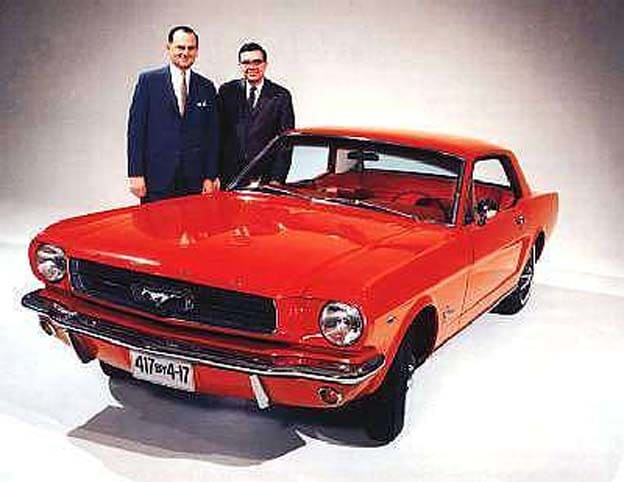
But Iacocca faced other executives who didn’t agree, most importantly Ford’s new president, Semon “Bunkie” Knudsen, recently brought into Ford after spending his career at General Motors. Knudsen didn’t see the need for a domestically built subcompact car. Ford was about to introduce the Maverick, its replacement for the Falcon.
But Iacocca persisted, insisting a car smaller than the Maverick was needed. His case was bolstered by reports that other U.S. automakers were planning to introduce subcompacts. Henry Ford II gave Iacocca the go-ahead in January 1969.
Development begins
With approval given, a group numbering nearly three dozen examined small cars the being sold. The Volkswagen Beetle was seen as the main target, as it was the most popular small car of the time. But others were examined as well, including the Fiat 850 and 124, Opel Kadett, Toyota Corolla, Vauxhall Viva and the British Ford Escort. The team found Opel handled best, while delivering the best ride. The Toyota was quietest, while the Fiats were the most comfortable.
Engineers and designers were given parameters: the new car should weigh no more than 2,000 pounds and cost no more than $2,000.
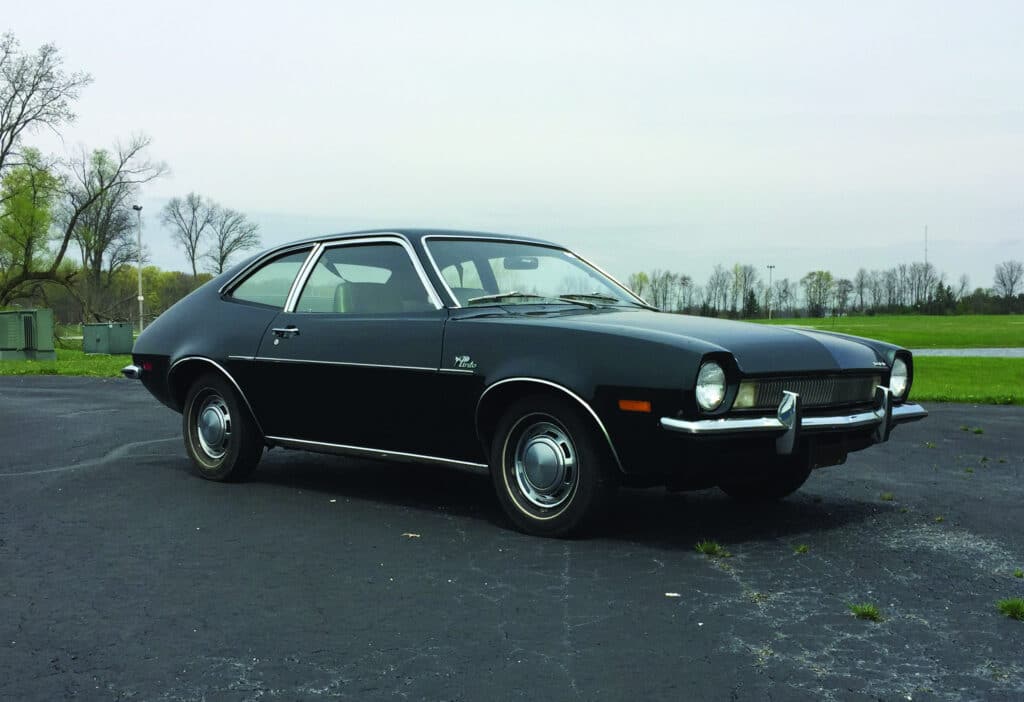
As design began, Dearborn looked to Europe for engines, quickly deciding to use the Kent overhead-cam 4-cylinder that debuted as a 1.0-liter unit in the 1960 Ford Anglia. By 1967, it had grown to 1.6 liters and was being used in the Cortina GT. Brought stateside, it generated 75 horsepower and 96 pound-feet of torque. Ford also offered the 2.0-liter Cologne Four as an option. Built by Ford of Germany, it produced 100 hp and 120 lb-ft of torque and would be offered as an option. A 4-speed manual transmission was standard; a 3-speed automatic was available with larger engine.
A new pony is born
Measuring 163 inches long with a 94.2-inch wheelbase, the Pinto was diminutive in an era where cars were commonly at least more than three-and-a-half feet longer. The car’s Lilliputian size was no accident. Its rear had been shortened to save weight and money. Given its retail price, Ford needed to save money wherever possible. Even the tires were cheap: 13-inch bias-ply. The interior was basic, with lots of plastic and vinyl-covered seats.
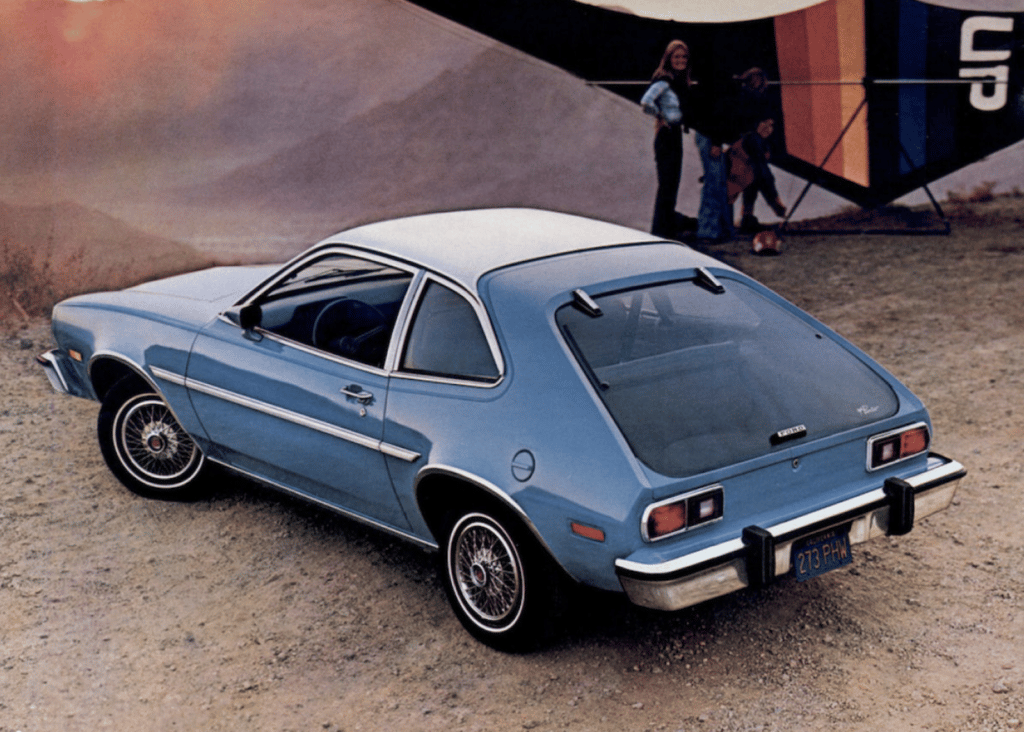
All in all, it was developed in a quick 25 months, not the 43 months new car development typically took at the time. Since it would take 18 months to get tooling, design, engineering and quality assurance didn’t have enough time.
The 1971 Ford Pinto came to market in the fall of 1970, just as the Chevrolet Vega and AMC Gremlin arrived. Chrysler offered the Dodge Colt, built by Mitsubishi, and the Plymouth Cricket, manufactured by Hillman of England. But Ford’s new foal proved popular, selling 352,402 units in its first year of production. Only the Falcon and Mustang sold more in their debutante year.
A horse of a different color
But the shortcuts taken and cash saved to make the car profitable would soon take their toll.
In May 1972, Lilian Gray, a California housewife, burned to death when her Pinto was rear-ended by another car and caught fire. Her passenger survived, but with disfiguring burns.
The defect that sparked the fire was known to Ford. Their own rear crash test tests saw it catch fire in all 40 tests conducted at speeds above 25 mph. Even before it reached market, company crash tests saw the Pinto catch fire in 8 out of 11 tests.
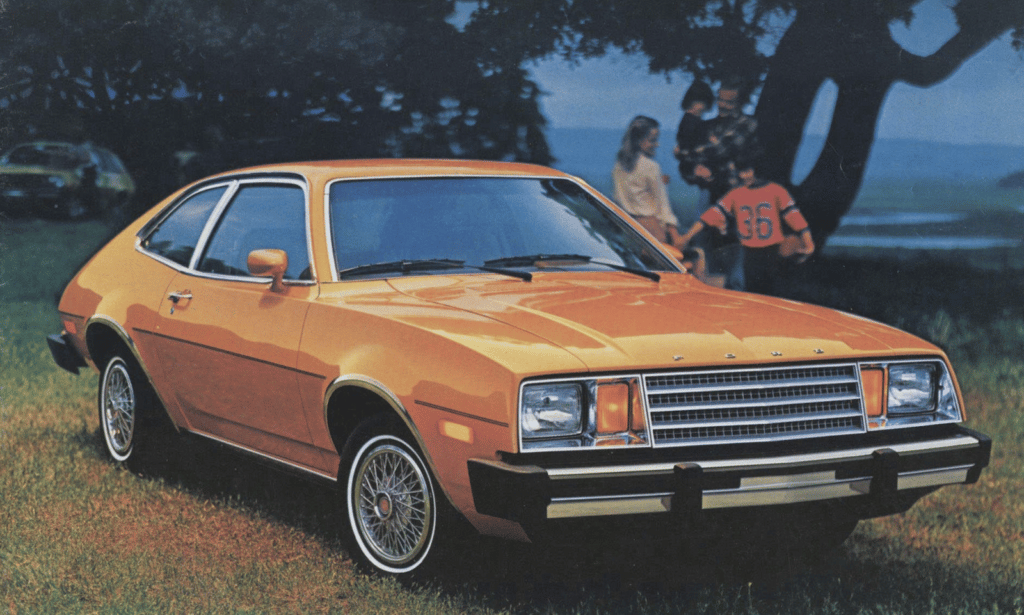
It was due to the gas tanks placement behind the rear axle but ahead of the rear bumper. When struck, the fuel filler neck would rupture, sparking a fire. While this placement was no different from many small cars of the time, during development, the Pinto’s back end had been shortened to save money. Once the defect was identified, Ford built the car anyway, as the assembly-line machinery was already tooled.
Most appallingly, Ford had conducted a cost-benefit analysis, weighing the costs associated with lives lost to the faulty design and the ensuing legal costs, versus the cost to rectify the defect. They concluded that it would cost an additional $11 per vehicle, or $113 million. But damage payouts would only be $49 million in legal payouts, so the defect was left in place.
While the company did fix the problem in a 1977 design update, the company ended up paying millions in damages, recalled 1.5 million cars, being charged with reckless homicide and caused untold damage to its reputation. Ultimately, foreign carmakers, the ones the Pinto was meant to defeat, won market share.
Pinto production ended in 1980.
The following year, Ford debuted its newest advertising tagline: Quality Is Job One.






More Stories
A Review of the Ford ‘Mustang’
Skills You Need to Restore a Classic Car
Five Steps for Buying Quality Used Cars